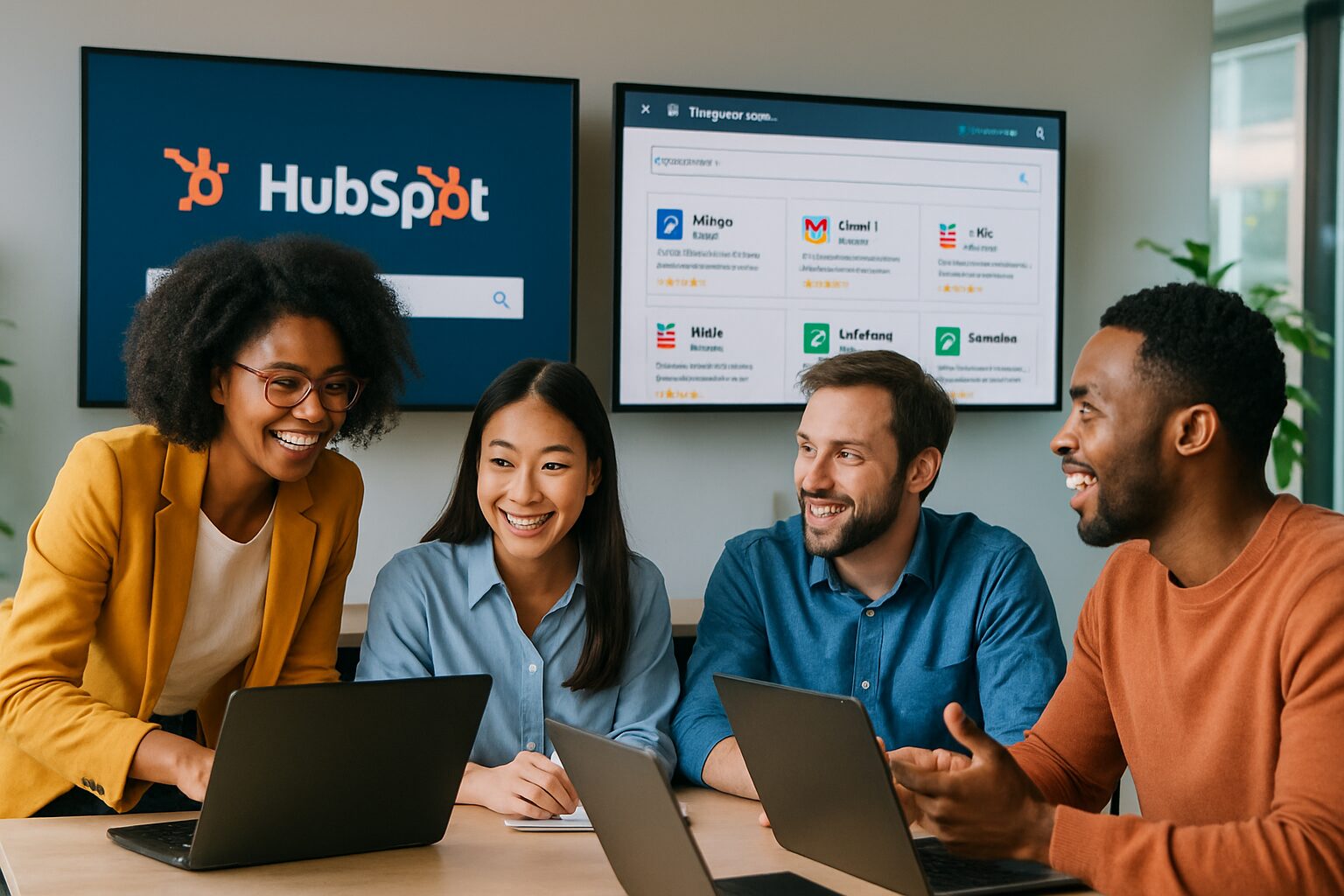Introduction to Automated Blogging
Automated blogging combines software, templates and AI to produce consistent content with minimal manual intervention. For beginners, it removes much of the repetitive work involved in topic research, drafting and publishing, allowing creators to focus on strategy, editing and audience engagement.
This guide outlines practical steps and considerations for setting up an automated blogging workflow. It is designed for bloggers, small businesses and marketers who want to scale content production without sacrificing quality or brand voice.
Why Use Automation: Benefits and Limitations
Automation offers clear benefits: faster content generation, predictable publishing schedules and the ability to cover more topics or long-tail keywords. It can reduce costs by lowering the time spent on drafting and free up capacity for promotion and optimisation.
However, automation has limits. AI-generated drafts may require human editing for accuracy, tone and context. Over-reliance on automated output risks producing repetitive or shallow content, so balance is essential. Treat automation as a productivity tool, not a complete replacement for editorial judgement.
Getting Started: Tools and Setup
Begin by defining your goals: brand tone, target audience, publishing cadence and SEO priorities. Choose a content management system (CMS) such as WordPress or HubSpot, then select automation tools that integrate with your platform.
For example, services like autoarticle.net offer automatic AI article generation with connectors for both WordPress and HubSpot, which can accelerate initial drafts and streamline publishing. Pair AI generation with an editorial checklist and clear templates to ensure consistency.
Crafting a Reliable Workflow
A dependable workflow typically includes ideation, AI-assisted drafting, human editing, SEO optimisation and scheduling. Start with keyword research and topic briefs to guide the AI so outputs are aligned with strategy. Use templates for article structure—intro, headings, lists and conclusion—to reduce variability.
Implement quality control steps: fact‑checking, plagiarism checks and a final review for brand voice. Use versioning and staging environments in your CMS to preview posts before they go live. Automate routine tasks such as publishing schedules, social sharing and internal linking where appropriate.
Best Practices, SEO and Ethics
Optimise automated content for search engines by ensuring unique, useful information, optimised meta tags and semantic headings. Avoid keyword stuffing; focus on user intent and readability. Use analytics to measure engagement and refine topics based on performance data.
Respect ethical considerations: disclose AI usage when appropriate, prioritise accuracy and avoid generating misleading claims. Maintain diverse sources and human oversight for sensitive or technical subjects to preserve credibility and trust.
Common Pitfalls and How to Avoid Them
A frequent pitfall is publishing AI content without adequate editing, which can harm brand reputation. Combat this with mandatory human review and clear editorial guidelines. Another issue is creating low-value content purely to game search rankings—focus instead on utility and reader experience.
Also avoid over-automation of promotion; personal engagement and community interaction remain crucial for growth. Use automation to augment capacity, not to replace genuine interaction with your audience.
Next Steps and Scaling
Start small: automate parts of the process such as outline generation or first drafts, then expand automation as you refine quality controls. Track key metrics—traffic, time on page, conversion rates—and iterate based on results.
When scaling, consider team roles for editing, SEO and performance analysis. Leverage integrations between your CMS and automation services to maintain a smooth pipeline. Regularly revisit templates and briefs to keep content fresh and aligned with evolving audience needs.
Conclusion
Automated blogging can be a powerful enabler when implemented thoughtfully. By combining AI tools with clear editorial standards, quality control and ethical practices, beginners can produce more content while maintaining credibility.
Treat automation as a component of a broader content strategy: test, measure and refine your processes to ensure the content you publish delivers value to readers and supports your long-term goals.






















